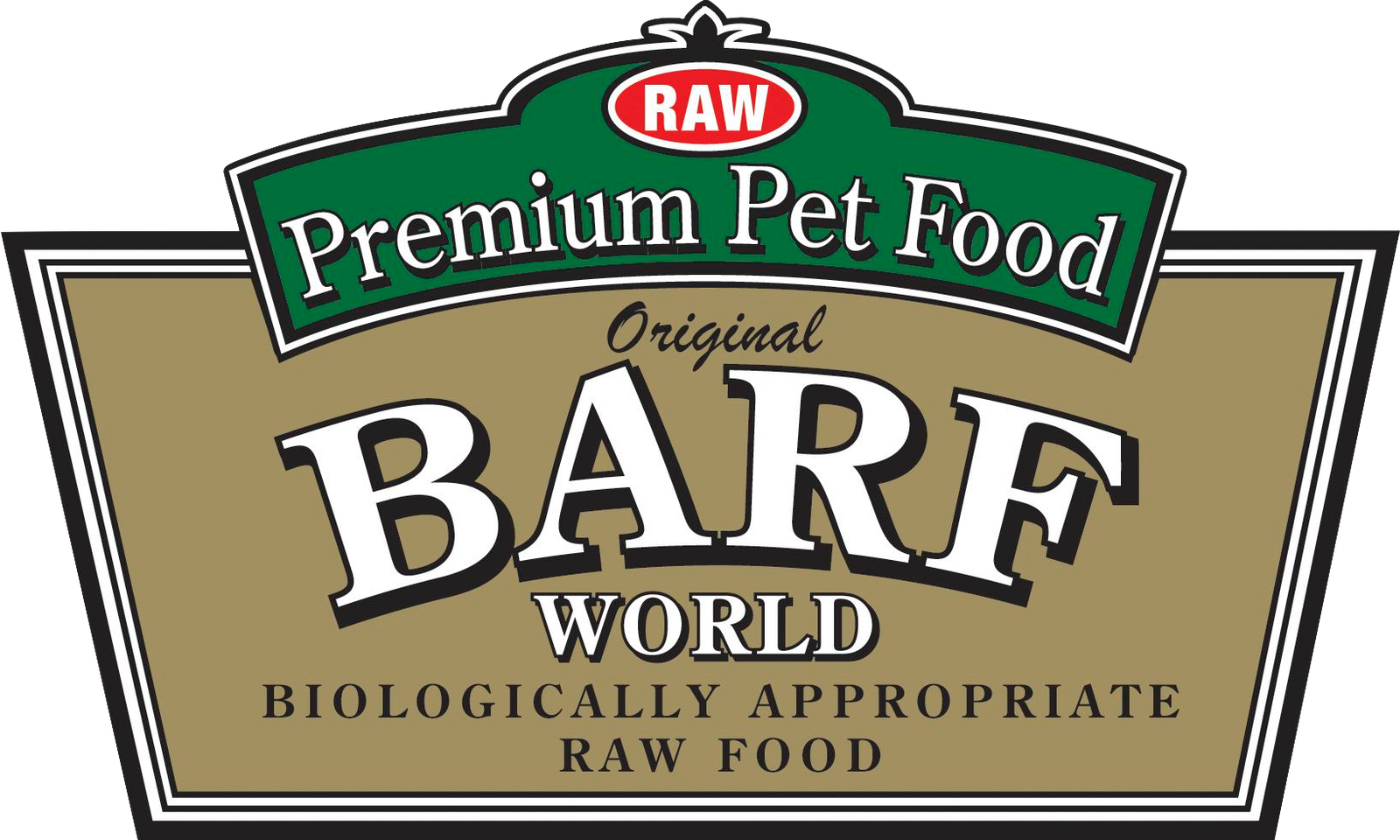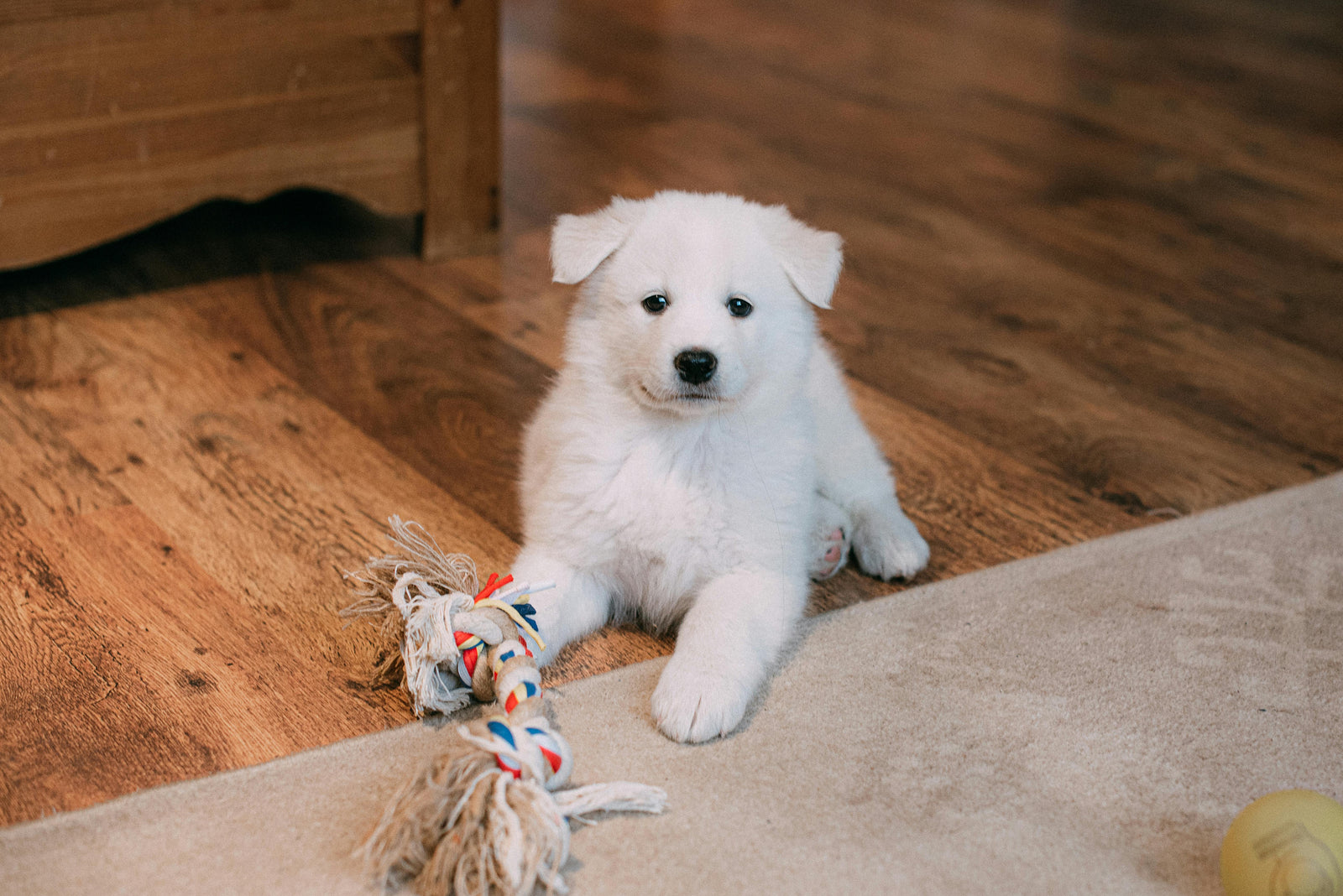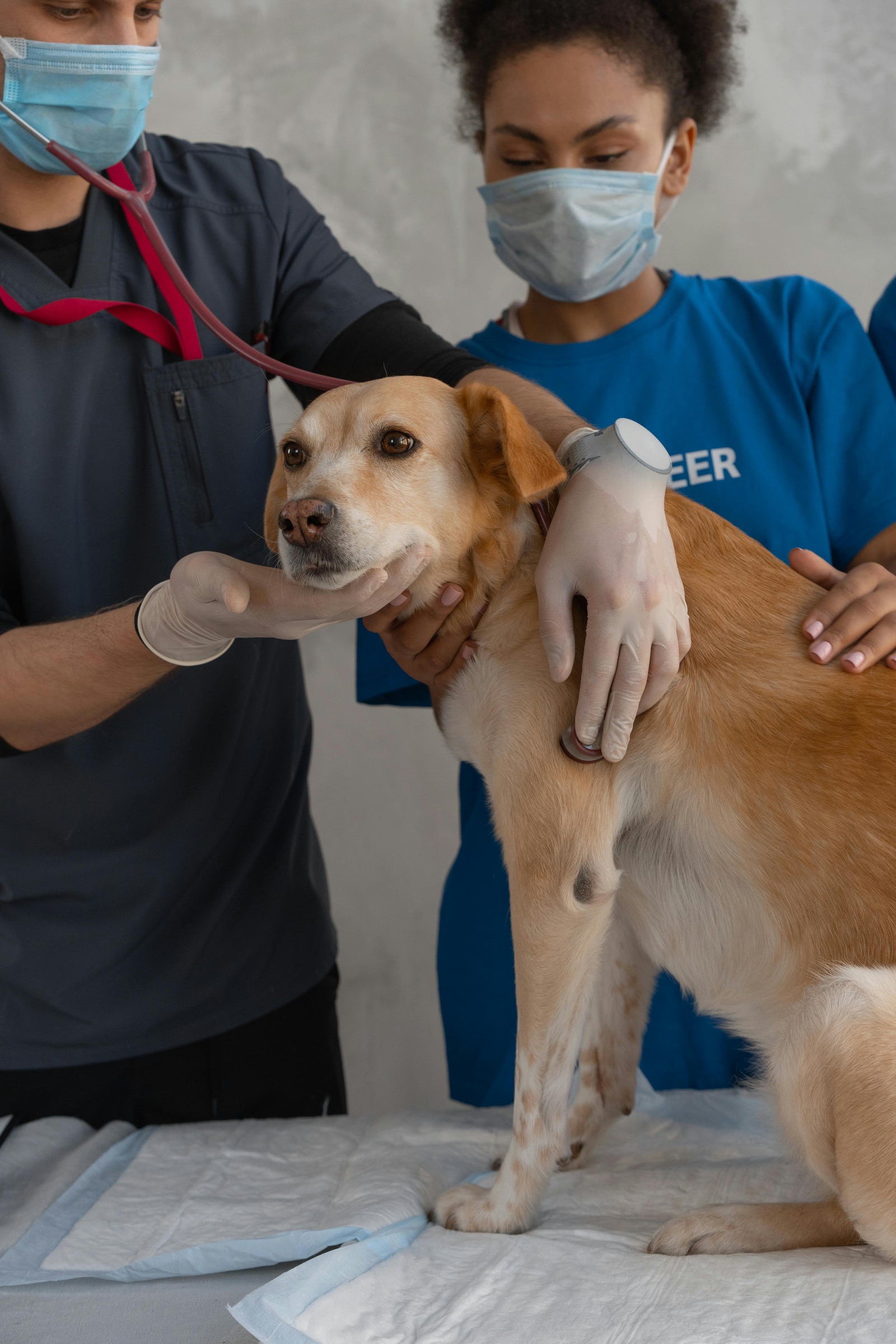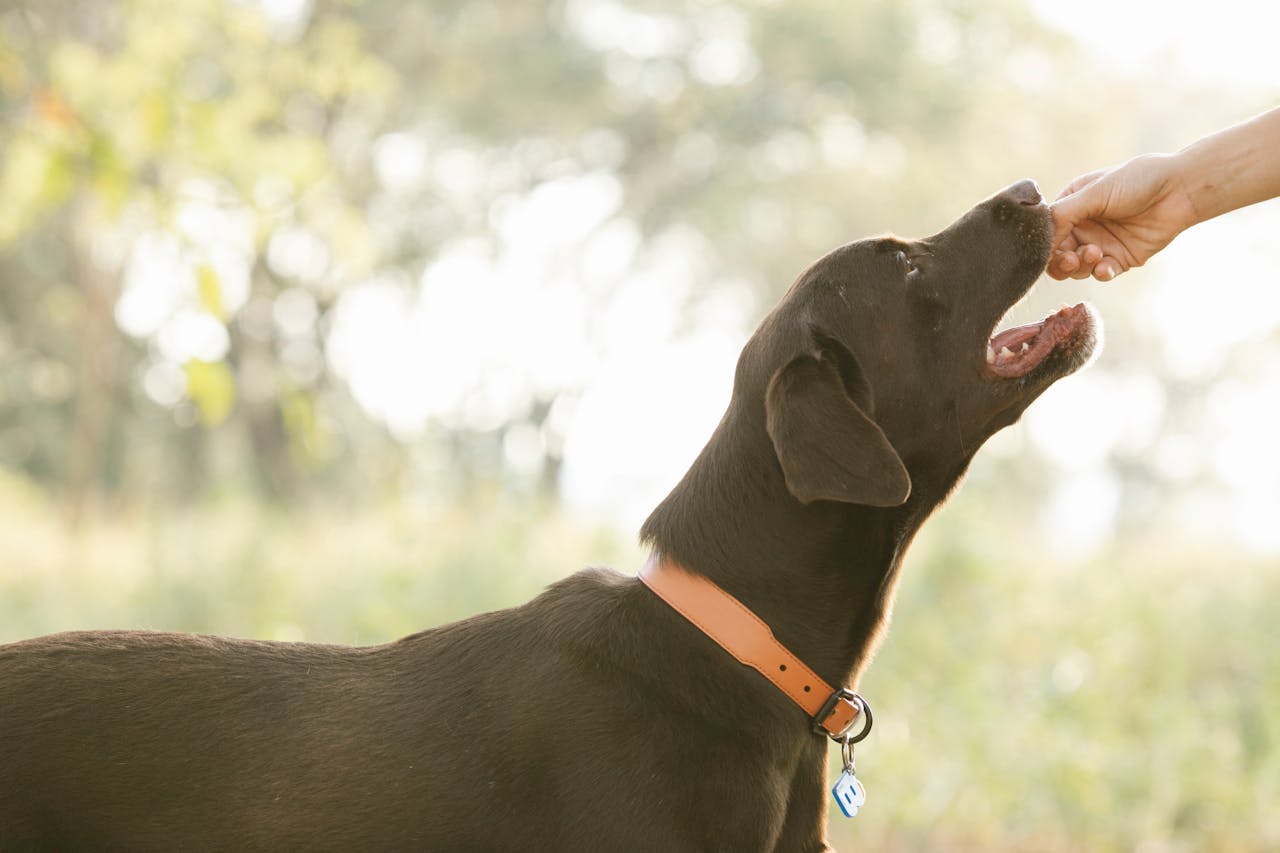When you hear the word posture, do you instantly recall a parent or teacher telling you to “sit up straight!” or “don’t slouch!” In our fast-moving culture, standing still is often considered synonymous with doing nothing. But in many ancient and cross-cultural traditions, standing is an intentional act—sometimes even a form of meditation or discipline. In the military, “standing at attention” is a position of readiness and respect. In yoga, tadasana—the “mountain pose”—is a foundational stance, used to center and ground the body before movement.
So, what ancient wisdom have we lost in our sedentary modern lives? And perhaps more curiously—have we passed our postural dysfunctions onto our pets?
The Hidden Effort of Standing
For all land-dwelling animals, standing still is a complex and vital activity. It’s more demanding than it seems—sometimes even harder than moving. Think about riding a bike: it’s easier to stay upright when you’re in motion. Stillness, by contrast, requires refined balance.
Many dogs flop down immediately upon stopping because standing may actually be uncomfortable or tiring for them. Why? Postural dysfunction. And just like us, dogs have intricate systems in place to manage balance and posture—systems that can easily go awry.
The Brain’s Balancing Act
Animals, including humans, are hardwired to “fight gravity.” We have specialized centers in the brain responsible for postural control, integrating data from joints, muscles, feet, the inner ear, eyes—and even the jaw. These systems work in harmony to answer one primary evolutionary imperative: keep the brain from crashing into the ground.
Interestingly, the body’s understanding of “down” isn’t as simple as it seems. Small disruptions in input—such as from misaligned joints, injuries, or uneven surfaces—can create ripple effects in posture and gait.
Our dependence on visual cues for balance helps explain why some dogs (and people) get carsick: the eyes report motion, but the inner ear and joints don’t register corresponding movement, leading to sensory mismatch and nausea.






